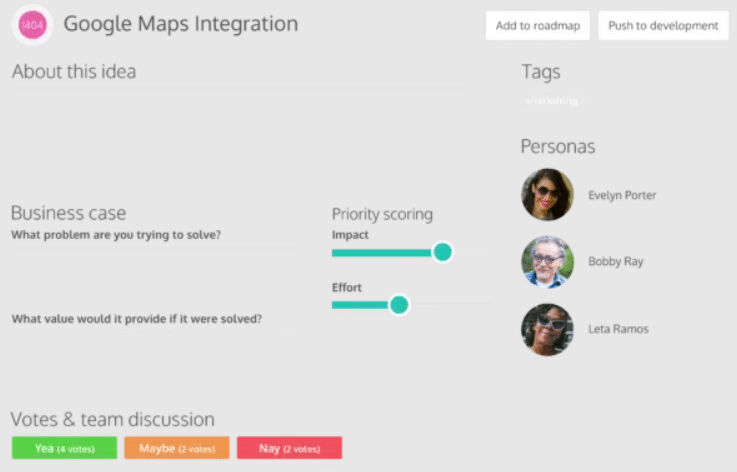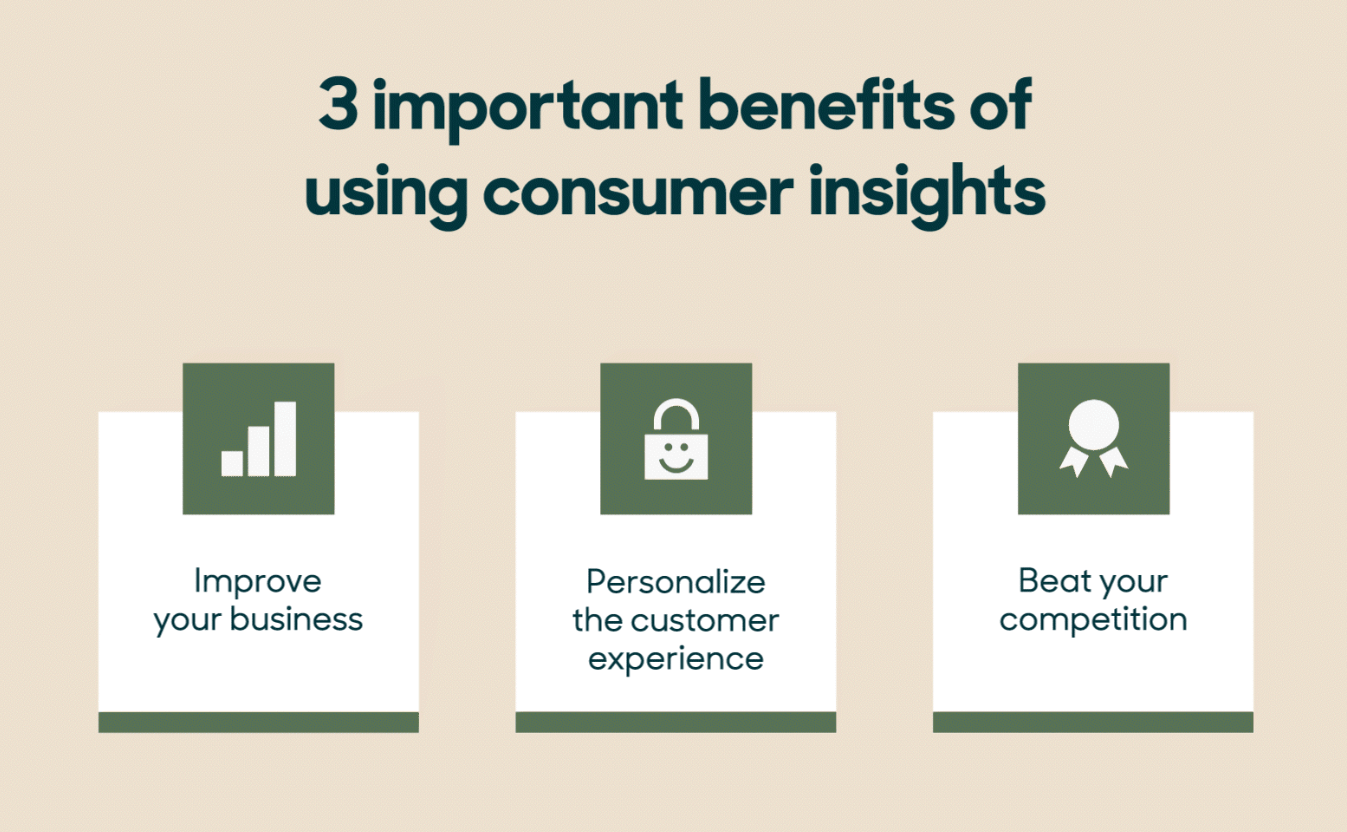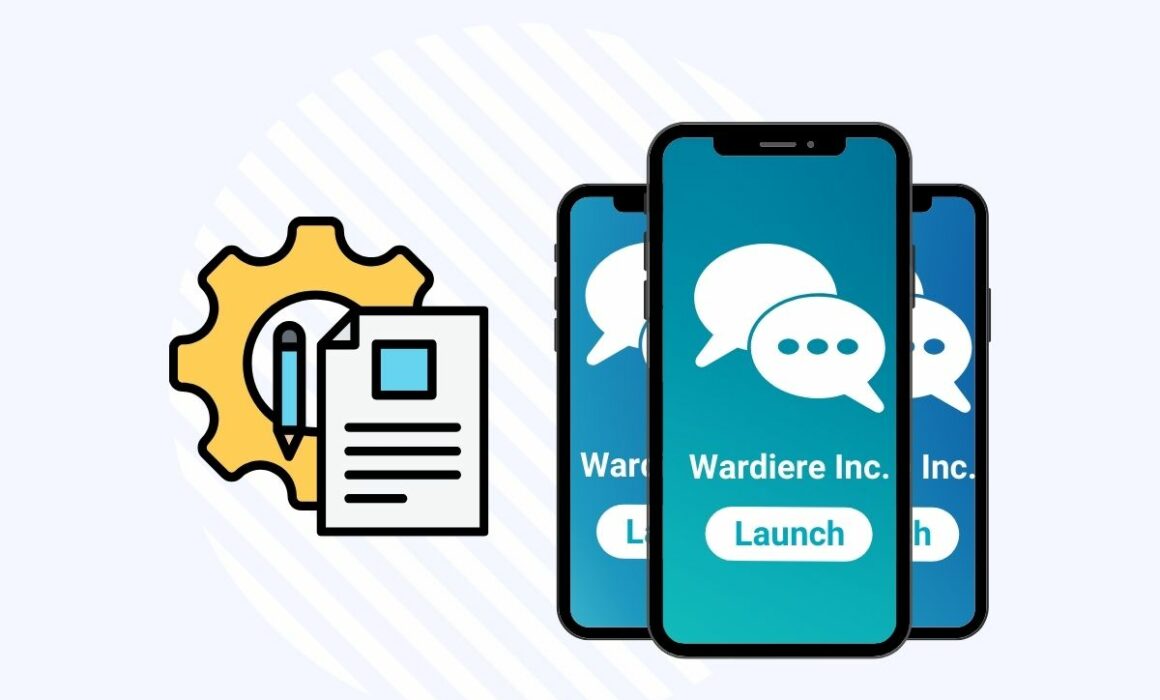Product Specification: How To Write Effective Product Specs
A product specification document outlines a product’s features, functionality, and characteristics. It aims to centralise the vision and serves as a blueprint for everyone involved in product development. It also includes the persona of the customers it seeks to satisfy.
An effective product specification outlines all the information a product team needs. This gives them a clear view of developing the end product to meet customer expectations.
In this article, you will learn what product specification is used for and how to write an effective one.
Table of Contents
- What is product specification used for?
- Examples of product specs
- What should be included in a product specification?
- How to write a good product specification?
- Best practices when writing a product specification
- Conclusion
- Machine Learning In Finance: 12 Essential Applications
- How To Create Interactive Compliance Training For Bank Employees
- How Fintech Apps Are Using Gamification To Increase User Engagement
- Top Gamification Companies for Employee & Customer Engagement
What is product specification used for?
Product specifications hold significant importance in various critical areas for a product manager. It can be used for:
#1. Regulatory compliance
In industries with specific regulations, product specifications help ensure that the product meets legal and compliance standards.
#2. Vendor and partner collaboration
When working with external suppliers or partners, clear product specifications help ensure they understand the requirements and can contribute effectively to the product’s development.
#3. Market validation
Product managers can use specifications to gather feedback from potential users or stakeholders, validating whether the proposed product will meet market needs.
#4. Iterative development
Specifications provide a framework for updating and enhancements as the product evolves, ensuring that new features align with the original vision.
#5. Quality assurance
Specifications are a benchmark for quality control and testing, ensuring that the final product meets the established criteria and fulfils the intended purpose.
#6. Setting priorities
By detailing the key requirements and features, product specifications help in prioritizing tasks and development efforts based on business value and user needs.
#7. Aligning stakeholders
Specifications serve as a reference point to align various stakeholders, including engineering, design, marketing, and sales teams, on the vision and goals for the product.
#8. Communicating requirements
Product managers use specifications to communicate the desired product attributes to development teams, ensuring a clear understanding of what needs to be built.
#9. Defining product scope
Product specifications outline the specific features, functionalities, and attributes that the product should encompass. This provides clarity on what the product manager is responsible for delivering.
Examples of product specs
There are many examples of excellent product specifications online. Here are some of the best ones you can use as a guideline when writing your own:

Source: prodpad
The image above is an example of a simple product specification sheet. It states the general idea of the product and answers essential questions about its main goal and value. Once you’ve defined the business case, you can proceed with the other important product details.

Source: smartdraw
This product specification template includes testing background and results. You can use it to record testing results and issues that may arise throughout development.
What should be included in a product specification?
Product specifications are based on the requirements and essential details specific to a particular product. Generally, the following information should be included when writing a product spec:
#1. Product summary
Start with an outline of the product idea. Provide a brief description and introduce the product’s concept and values. Summarise what the final product would look like, its features, and how long it will take to develop.
#2. Business case
Outline the benefits and advantages the product provides for the company. The business case also includes the budget and other resources required to complete the project.
#3. Market research
Identify the behaviour, strengths, and weaknesses of your target market. In this part of the product specification, you can also list business trends and growth opportunities in the market.
#4. User stories
User stories are short messages about the end-user perspective. Highlight what features your users want and expect in the new product.
#5. User personas
This part of the product specification highlights who the product is intended for and designates the target audience. Describe a character that fits your target demographic to keep the product specific and customer-centric. Let’s say your product is video editing software; your user persona is a 20-35-year-old who wants to edit videos smoothly.
#6. Competition
You should also identify your competitors’ strengths and weaknesses to position your product in the market successfully. Highlight your unique selling points to make your product more appealing to users.
#7. Budget
Determine the estimated total cost of product development and where the funding will come from. You can also include a list of resources needed for the project in this section.
#8. Functional spec
In this part of the product specification, describe the appearance and features of the product. You may also outline how users will interact with it. This section will be the reference point of the product development team as they start working on the product.
How to write a good product specification?
Now that you know what to include in a product specification, let’s talk about writing a compelling one.
#1. Define the problem
Creating a product that doesn’t address or solve a specific user problem is useless. That’s why the first thing you need to do is define the problem you intend to solve. Understand how your product will impact the lives of its target users and what features will be the most valuable.
Your product summary must centre around the definition of the problem. Make sure that it outlines the benefits of choosing your product over your competitors.
#2. Understand customer insight
Customer insight is the interpretation of behaviour and customer feedback that can be used to improve the product. These insights are a direct reflection of your customer’s needs and wants. You can use it as a stepping stone to develop products that align with your users’ wants.

Source: zendesk
You can also use customer insights and feedback when writing user stories and personas. Know what your existing customers want in a new product. By understanding your customer’s needs, wants, and pain points, you can gather valuable insight for product development.
#3. Involve the whole organisation
Developing a new product requires the collaboration of the whole organisation. Involve all the designers, engineers, and developers in ensuring the product spec is detailed and informative.
Get everybody’s insight when defining the problem and characterising your target users. This will give you enough helpful input to create a good product specification. It will also make your employees feel included and increase their investment in working towards the product’s success.
#4. Highlight the product’s most valuable features
Highlighting your product’s requirements and quality specifications is essential to ensure it’s usable and safe. Include details such as the dimensions, safety requirements, and overall product design to help speed up the product creation.
You can leave out specifications like colour schemes and UX considerations to be defined in the final stages of development.
#5. Usability testing
Once you have finalised the product design and development plan, you can make a prototype and conduct user testing. Let some users experience the product for the first time and test your assumptions.
Does the product solve your defined problem? Did the users run into any issues? Let them explore the product and assess it based on their needs.

Source: nngroup
At this stage, you must check the importance or lack of specific features your customers might need. Take note of the features that are difficult to use and ensure that everything works as it should.
#6. Revise and release
After user testing, you can decide what features are liked, disliked, or unnecessary. Use this information to revise the product specification based on the results of user testing and release the documentation. This will help guide everyone involved throughout the product development process.
After completing all these stages, your team is ready to start with product development.
Best practices when writing a product specification
- Remember to use clear and concise language when writing a product specification. Your goal is to communicate the requirements of the product. Avoid using complicated words and keep the needs of your target users in mind.
- A product specification document should be revised and updated as the product evolves.
- Every individual working on the product must have access to the product specification. Everyone must be on the same page to ensure the product development follows the requirements and technical specifications.
- Keep your product specification customer-centric. Avoid listing product features irrelevant to the customers’ needs and wants. Focus on satisfying your users and launching the product within the target timeline.
- You can use tools to help you with the job. Project management software like Monday.com and Lucidchart makes managing product specifications and tracking product development easier.
Conclusion
Product specification aims to help you create a shared understanding among product teams and stakeholders. However, creating an effective product specification is not a one-way process.
Product specifications are most effective when integrated with a back-and-forth problem-solving, analysis, and revision process. Don’t be afraid to explore and understand your target market and competition deeply. Put all the test results together and gather customer feedback, and you will have a product specification that produces excellent results.
Remember, all these process is not a waste of time. Although it takes a while, a practical product specification is an investment in product success. What you put into creating a product specification will save you time and money in the future.
If you want to revolutionise your product with gamification, our experts at Mambo are excited to work with you. Book a demo now!
Download your free
“Gamification Guide”
Get your PDF now and start transforming your approach to digital engagement!
Latest Posts
Machine Learning In Finance: 12 Essential Applications
The impact of machine learning on finance is significant. Thanks to this technology, financial institutions are now equipped to make efficient decisions. Through the analysis of data sets, machine learning […]
How To Create Interactive Compliance Training For Bank Employees
Banking compliance training isn’t just another task. It’s the stage where everything else performs. Banks must navigate a myriad of regulations and laws. After all, this is a trust-driven, high-stakes […]
How Fintech Apps Are Using Gamification To Increase User Engagement
Discover how gamification in fintech is revolutionizing financial engagement, making banking fun & boosting user loyalty.





